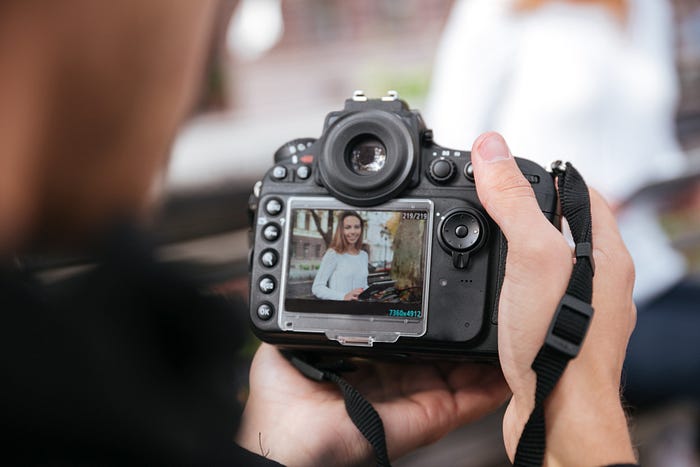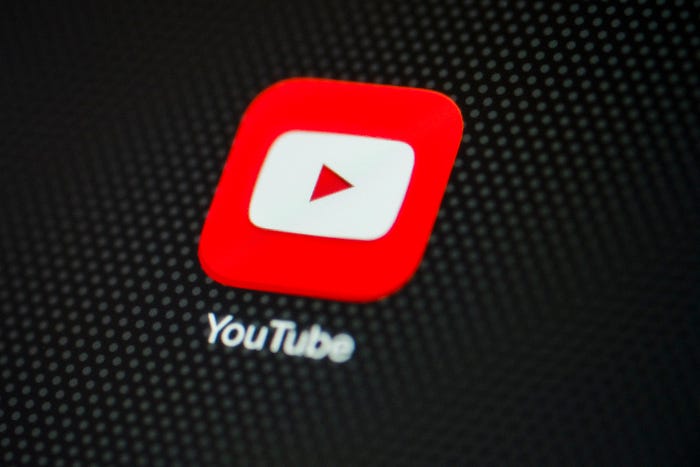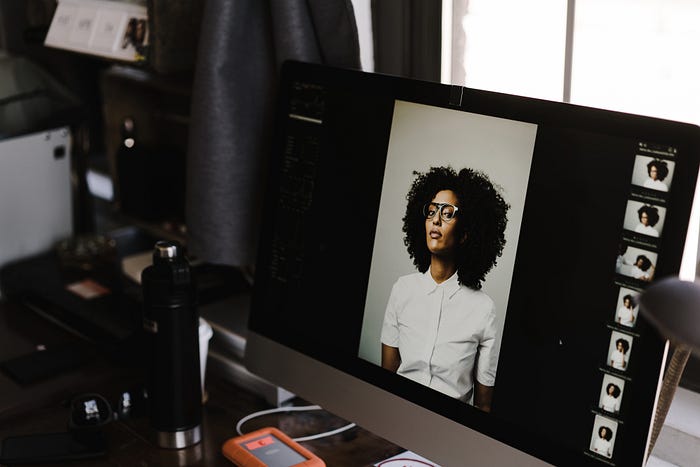How I Built 8 Streams Of Income — And How You Can Too!

(This article may contain affiliate links)
As an entrepreneur, I have taken about ten years to build my business — in those ten years I have been able to develop eight different streams of income so that all my eggs aren’t in one basket. Eight streams of income allows me to diversify the way that I am earning money, getting clients, and getting paid.

#1 — Photography
My number one source of self employment income is my photography business — I’m a wedding and portrait photographer. My number one focus is shooting weddings, and this stream of income is my primary business. In addition to shooting weddings, I also employ associate photographers. Associate photographers are my employees who shoot for my business, but they manage their own events and they are the primary photographers — I don’t go out on those jobs, I don’t work with those clients, I merely oversee things and contract things.

#2 — YouTube
My next stream of income is new, and it is YouTube. YouTube has been extremely profitable. Once I was able to monetize my channel, I was able to grow and build this stream of income rather quickly. My channel also has very little operating cost and I am able to manage my channel with very little overhead.
YouTube allows content creators to get their channel monetized once they reach a certain threshold of views and subscribers. Once your channel is monetized, YouTube will allow you to place ads on your videos, in the Sidebar of your channel, and in a few other places via Google AdSense.
YouTube works with Google AdSense and their advertisers pay to have their ads run on your channel — for every ad that runs on your channel, you you get a cut of that advertising fee so you’re able to earn a revenue from each of your videos. In order to get monetized, your channel must have 1000 subscribers and 4000 watch hours within the last twelve month period.
For some channels, this can take quite a while to happen; my channel sat dormant for while. If you would like to start a YouTube channel, I would advise you niche down into something very specific that solves a very specific problem for a very specific audience — this will increase the speed at which you can get your channel monetized. Once you meet the qualifications for your new channel to be monetized, you are able to earn ad revenue from YouTube!
In addition to earning ad revenue on YouTube, I also earn income on my channel from obtaining sponsors. Once my channel gained popularity, brands began reaching out to me to partner with them as a sponsor. In exchange for a negotiated fee, I would share a brief mention of their product or service and agreed upon talking points.

#3 — Online Courses
The next stream of income are my online courses. I sell online courses for both wedding photographers and for small business coaching. My digital courses are hosted online through a platform called Kajabi. You can also use a program like Teachable or Udemy, but Kajabi is a fantastic all-in-one platform. It’s super powerful, it has a lot of functions — including a mailing list and opt-ins— and you can even create affiliate sign ups to promote your courses. It’s all encompassing!
Once I create a course and upload the content onto Kajabi, I then create an opt-in system that funnels people down to where they want to purchase the course. Most often, students are brought to my content by finding some sort of free opt-in I have created — for example, a free webinar. Once they opt-in and view the free webinar, they are then added to my mailing list and they are sent a series of promotional emails and information on how to upgrade and purchase the full course. Keep in mind that even though the opt-in you are giving out is free, all content you use to promote your course must be high quality, and provide value to your potential student.
Having a course is very profitable because you create the content once. You may need to update it or create a new course later, but for the lifetime of that course, all of my marketing for it is automated through Kajabi. I can set my course up, leave it there, and know it will earn me income without me having to do additional work — except for some basic customer service.

#4 — Selling Adobe Lightroom Presets
My next stream of income that I sell Adobe Lightroom presets online. I have been shooting and editing for about ten years and I have developed a signature style in my photo editing. I edit using Adobe Lightroom — as do most photographers — and many photographers are seeking out a fast and easy way to get their photos to replicate the same sort of look that I create in my work. In order to save time, many photographers will either apply their own or purchase presets. Presets are series of dialed in settings on Adobe Lightroom that photographers can apply to their photo with one click — they can then tailor it to their needs.
After ten years of shooting and editing weddings, I have developed several sets of presets which I sell online. These presets are evergreen, and they’re always available to purchase; I will usually have marketing campaigns running in the background promoting them online. Digital products are extremely profitable in my opinion, and every entrepreneur should have at least one form of a digital product that they are constantly selling and promoting to serve as a passive stream of income.

#5 — Small Business Coaching
My next stream of income is small business coaching. I help creative entrepreneurs to create their online presence, learn how to market it at low cost or market more effectively, and teach them how to draw in their target clients and grow their businesses. I take on coaching clients in small numbers and at limited amounts of time, so this stream of income isn’t always in action. This is not something that operates on autopilot in the background like my coaching courses do. This comes and goes according to when I have the time to take on coaching clients, and whether I feel the client is a good match for me.

#6 — Affiliate Marketing
My next stream of income is affiliate marketing. To be an affiliate for a company means that you have signed up onto their marketing program to promote their products. They then give you specific links that have a tracking code that are connected back to your specific profile. With this special link, anytime someone clicks it and makes a purchase, then you receive a commission.
The amount of commission you will receive varies greatly between businesses. Some are very small, such as Amazon Affiliates — I make pennies off of Amazon. Others are quite large such as Gusto. Gusto is a payroll platform that I use when I have employees, and every time I send them a new referral of someone who signs up and runs payroll, I get $500. Many of your favorite services/companies may offer you a referral or affiliate bonus on their own website or platform, while some utilize affiliate networks. An affiliate network is a platform you can join to get access to all of their partner companies and obtain affiliate links there from not just one company, but a whole variety. ShareASale and ClickBank are two examples of popular affiliate networks. Companies will require that you are a business in order to sign up, or that you have a certain size social media following. Some may need to review your application to approve you, while others let anyone opt-in automatically. I like to promote products and services that I personally use, that I trust, and that I would feel comfortable referring to my followers.

#7 — Stuido Rentals
My next stream of income are studio rentals. I am in between studios at the moment — however, for almost the entire duration of my career as a photographer I have had a photo studio. Since I wasn’t using the space myself the majority of the week, I would list it out to be sub-letted by the hour or by the day to other photographers. I did this both on my own website and also through utilizing third party site called Peerspace. Peerspace is basically the Airbnb of creative production Studios. Any beautifully styled space can be rented out by the day for productions- even if you yourself are not a photographer.

#8 — Stock Photography
My next stream of income is stock photography. I don’t usually create photos for the purpose of selling them; however, I have a lot of photos on my hands that could be repurposed as stock photography. They can then be uploaded onto sites such as Cavan or Shutterstock, or any websites where they can be sold as stock photos. These could be photos of food, objects, décor, landscapes, but I also sell a lot of my own personal family photos. If I’m taking photos of my family over the holidays or during every day moments, I will often upload some of those photos and can make extra income when they are sold as stock.
Hopefully you’re now able to take away at least one idea of something that you could do to increase your streams of income. Once again, it’s super important to diversify the streams of income that you have coming into your business, so that when one is impacted, the whole ship doesn’t go completely down. One thing the pandemic has taught us as entrepreneurs is it is incredibly important that we are trying to figure out how to stabilize our businesses for longevity, and diversifying your self employment income is a huge step that will help you accomplish that!
Want to learn more about how to increase your streams of income? Watch the video here!




